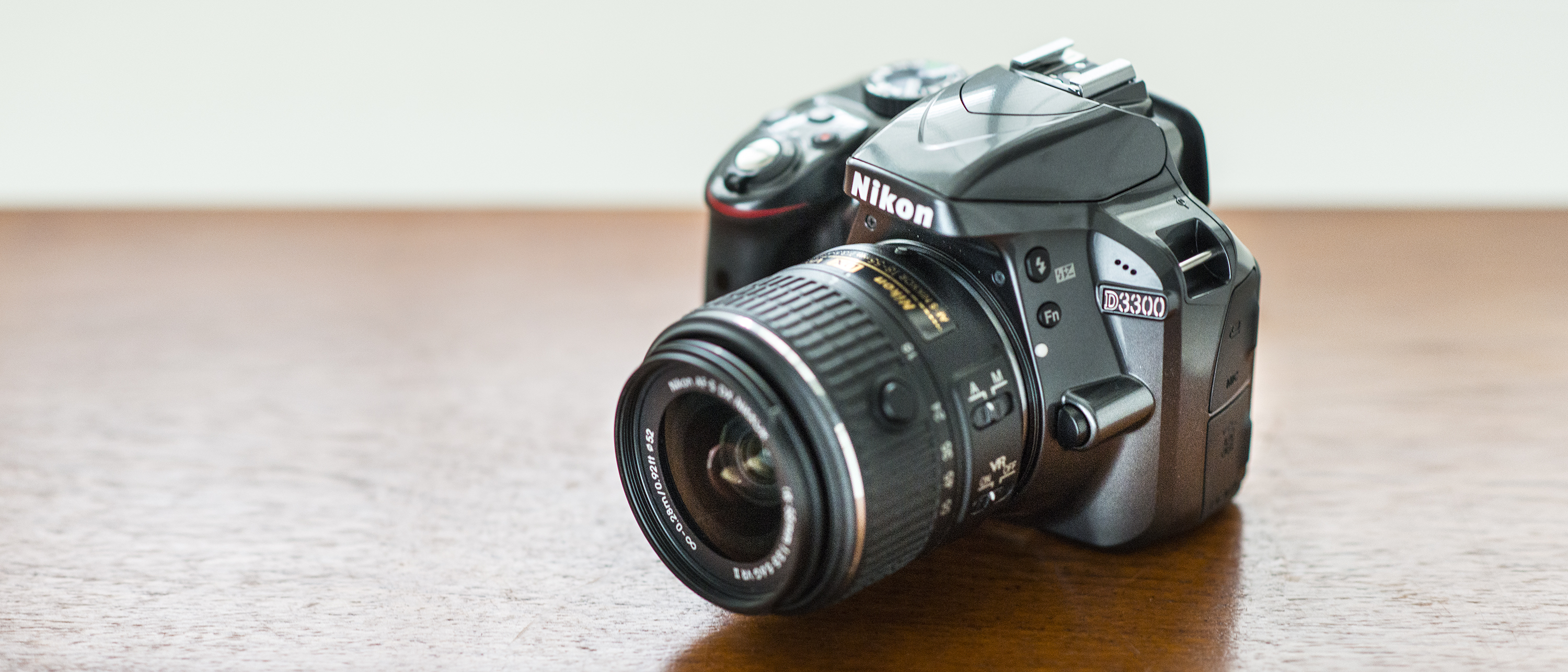Why you can trust TechRadar
Performance
- 5fps burst shooting
- Helpful Guide mode
- 700-shot battery life
The D3300's interface has a pleasingly modern appearance, with the high resolution giving the display beautifully rounded edges and displaying the interface's colors well.
When shooting, the camera displays three circles which represent shutter speed, aperture and sensitivity (ISO). These displays change as you alter settings using the scrolling dials, most obvious being the aperture circle which closes and opens to represent the opening and closing of the aperture blades. If you're new to creative photography, this is a great way to get to grips with the basics.



The D3300 has a dedicated 420-pixel RGB sensor to gather exposure, white balance and focus information to inform the Automatic Scene Recognition system.
In the majority of everyday shooting conditions, the D3300's general-purpose matrix metering system does a good job of producing accurate exposures, while the camera's automatic white balance also performs well. It manages to produce faithful colors even while shooting indoors, where under artificial lights produces images which are hard to fault, hardly erring towards warm tones at all, which is excellent to see in an entry-level DSLR.
Battery life is very good too, lasting for around 700 shots - better than similarly priced mirrorless rivals, though not quite as impressive as the D3400's 1200 shot battery life.
Image quality
- ISO100-12,800, expandable to 100-25,600
- No low-pass filter
- Punchy colors
As expected, the D3300 has excellent resolving power. Even when zoomed in to images at 100% reveals that very fine details can be seen.
With such a high pixel count (24 million pixels), there comes the increased chance of noise appearing in images. The D3300 handles low light, high sensitivity situations very well. Noise only really starts to become particularly apparent when shooting at ISO 3200 above, and even then it's acceptable, or certainly preferable to a blurred or missed shot.
Sign up for breaking news, reviews, opinion, top tech deals, and more.

Click here to see the full size image

Click here to see the full size image

Click here to see the full size image

Click here to see the full size image
Image smoothing is something that can be seen right the way through the sensitivity run, but at the lower end of the spectrum it's not particularly noticeable, only when examining images very closely at 100% does it become apparent. When printing at normal sizes, such as A4, or sharing online, it doesn't present a problem.
One of the benefits of having a large pixel count is the ability to crop images and still retain a decent resolution, but this is something to bear in mind if you've been shooting at a high sensitivity and want to crop an image. Any image smoothing or noise may become more apparent the more you crop the image.
Current page: Performance and image quality
Prev Page Build, handling and AF Next Page Verdict and competition
Phil Hall is an experienced writer and editor having worked on some of the largest photography magazines in the UK, and now edit the photography channel of TechRadar, the UK's biggest tech website and one of the largest in the world. He has also worked on numerous commercial projects, including working with manufacturers like Nikon and Fujifilm on bespoke printed and online camera guides, as well as writing technique blogs and copy for the John Lewis Technology guide.
